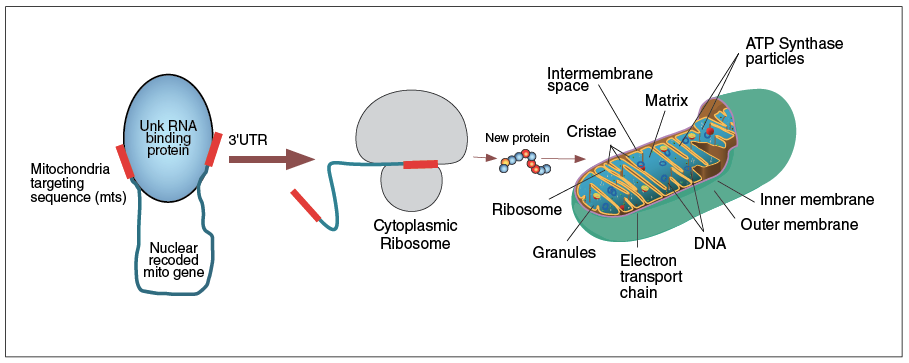My name is Natalie Friedricks, and this last year I graduated from the University of Southern California with a Bachelor of Arts in Biological Sciences and a Masters of Science in Global Medicine.
My introduction to the world of research came in the form of a neuroscience lab at the Saban Research Institute. There, I was thrust head first into the world of investigative science under the direction of our brilliant principal investigator Dr. Aaron McGee. Our project studied neuronal plasticity following a major CNS injury (specifically in the spinal cord). My project examined the neuronal receptor Nogo-66. When bound by certain myelin-derived ligands, these receptors stimulate a cascade of intracellular reactions that culminate in the inhibition of neurite outgrowth for primary cerebellar, sensory, and cortical neurons. This results in a decrease in the ability of neurons to regain function following a serious injury. Previous studies demonstrated that pharmacological or genetic disruptions to this receptor improved functional recoveries in animal models. I compared Nogo-66 knockout and wild-type mice to localize recovery after spinal cord injury. From these observations, we were able to determine which areas of the cortex are critical for recovery as well as identify resulting morphological patterns, such as contralateral sprouting. We indeed found that Nogo-66 knockouts showed increased levels of recovery following spinal cord trauma.
The goal of SENS Research Foundation is ultimately to provide treatments for the diseases of aging and to prevent their onset in a healthy patient. Their research projects focus on a variety of topics, including some very near and dear to my heart. The science itself is fascinating, cutting-edge work, with unique ideas found nowhere else in the world of anti-aging. Working here has already exposed me to an entirely new side of genomics, challenging and pushing me to become a better scientist. As a future healthcare professional, I find this experience to be an invaluable one, as it is so different from my prior research experiences.
Impact of OxPhos Complex V Re-Formation on the Electron Transport Chain
Each year thousands of children in the United States are born with a mitochondrial disease. Their diseases are severe, with lifelong ailments affecting areas of the body with high-energy demands, such as the heart, brain, muscles, and lungs. But, many more people each year age into similar disorders after years of mutation take their toll on mitochondrial DNA. These age-related dysfunctions have been connected to two major ailments, sarcopenia and Parkinson’s disease. The severity of these illnesses stems from the importance of the mitochondria within cells. The body is made of cells, and each cell contains many little compartments. Each compartment has its own job, contributing its part for cellular survival. The function of the mitochondria is to convert the chemical components of food into usable energy by converting it into chemical power. Thus, mitochondria exist in nearly every cell within the human body, producing almost 95 percent of the energy the body needs to function.

Figure 1. Overview of Allotopic Expression.
Allotopic expression (AE) involves the expression of a mitochondrial gene in the nucleus and transport of that gene product to the mitochondria. The above figure outlines the mechanisms through which this process works, including the functions of the mitochondrial targeting sequence (MTS) and 3′ UTR (untranslated region) sequences that are vital for mitochondrial targeting.
My project this summer is to use gene therapy to rescue a protein complex involved in many of these diseases. However, the unique nature of mitochondrial DNA presents an uncommon challenge to gene therapy. The mitochondrion is a unique part of the cell because it is the only one to have its own separate genetic coding. This genetic code is overlapping and tends to be more difficult to manipulate than nuclear DNA. For this reason, we believe it to be more effective to input the necessary genes into the nuclear DNA and merely target their products to the mitochondria. This process is called allotopic expression, and through it, we hope to replace dysfunctional or absent mitochondrial proteins.
To test this idea, I will be working with a cell line known as Rho0. What makes these cells special is that they have no mitochondrial DNA whatsoever and, therefore, cannot code for the necessary protein complexes to generate energy. They do, however, still have mitochondria as most of their DNA is encoded by the nuclear genome. Specifically, I will be focusing on complex V, which is encoded by the mitochondrial genes ATP6 and ATP8. I will attempt to co-express these two genes in the nucleus and recreate complex V in a Rho0 cell. This experiment, if successful, not only will serve as a proof of concept for allotopic expression but also will shed some light on the interaction between complex V and other protein complexes in the absence of mitochondrial DNA (i.e. complex II).
Future Plans:
After the SRF Summer Scholars Program is over, I will be moving to Cambridge, Massachusetts to work for a public health research group. After that, I hope to attend medical school and continue my research as an MD. Very few doctors are even aware of mitochondrial disorders, and I plan to push this field of gene therapy forward in the hopes of curing all kinds of mitochondrial dysfunction.


